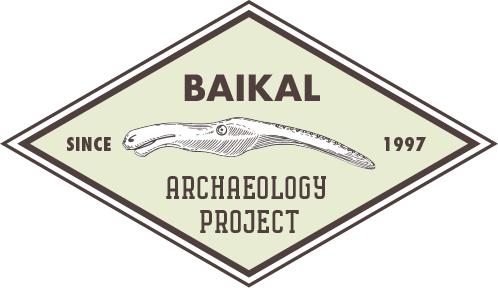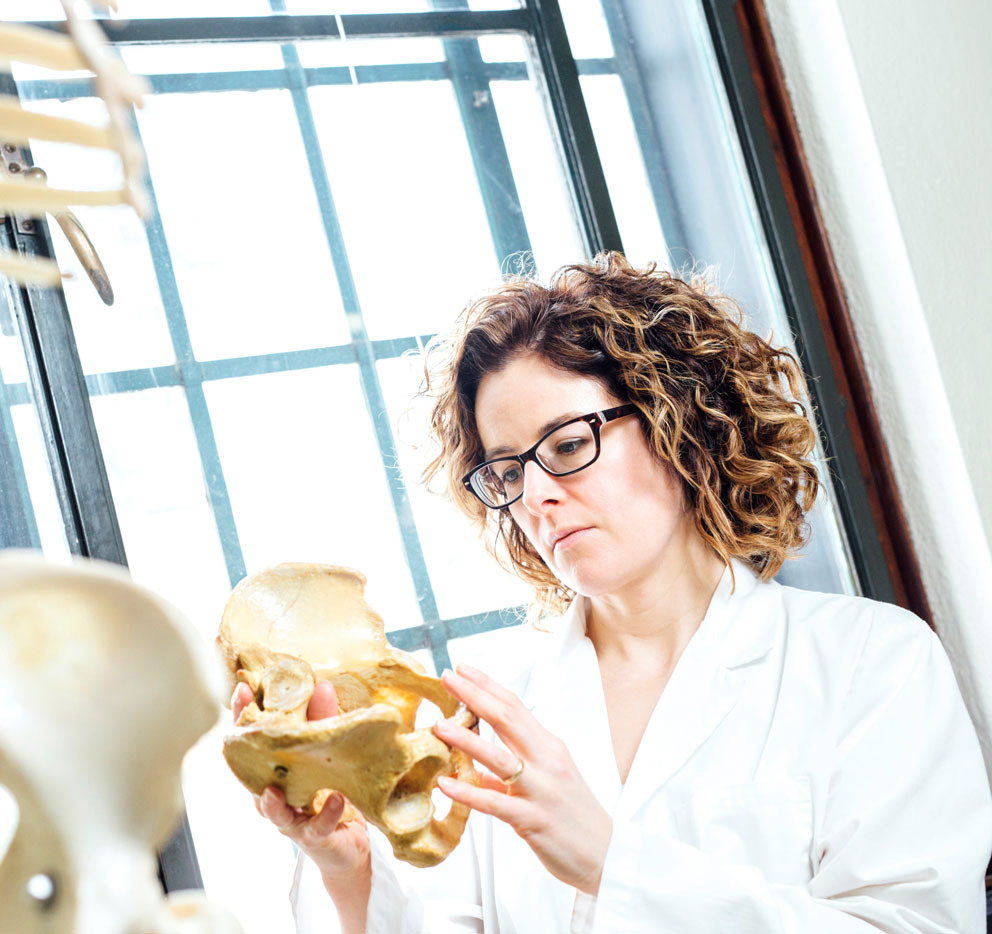Congratulations to Dr. Angela Lieverse and co-authors, including former BAP team members Tatiana Nomokonova and Robert Losey, on the recent publication of their paper in International Journal of Paleopathology!
Title: ‘Multi-level spondylolysis at Egiin Gol: A case from Xiongnu period Mongolia”
Authors: Angela R. Lieverse, Iderkhangai Tumer-Ochir, Orgilbayar Samdantsoodol, Tatiana Nomokonova, Robert Losey
Abstract:
Objective: This paper presents and discusses the aetiology of an extreme case of multi-level spondylolysis with unique presentation.
Materials: The affected individual is an adult male from Xiongnu period (209 BCE to 93 CE) Egiin Gol, northern Mongolia.
Methods: Analyses were limited to macroscopic and non-invasive methods.
Results: Seven complete spondylolytic clefts were documented on four vertebrae between T12 and L4, with only one located on L4, where most cases of spondylolysis occur, and four defects had atypical morphology. Evidence of spondylolisthesis was also observed.
Conclusions: Congenital susceptibility to spondylolysis, combined with a physically demanding lifestyle, likely account for the condition’s unusual manifestation.
Significance: The significance of this case its severity (one of the most extreme documented from archaeological contexts) and unusual presentation (location of the clefts and their atypical morphology).
Limitations: Only a small sample (< 30) of Xiongnu period human remains were available for comparison.
Suggestions for further research: Interpretations from this case study would benefit from a more extensive analysis
of spondylolysis, biomechanical stress, and acute trauma on the nomadic pastoral populations of northern
Mongolia, including those pre-dating and post-dating the Xiongnu.
Congratulations to Angela and all co-authors!



